Navigating Uncertainty: The Essential Guide to Control Risk in Modern Enterprises

Running a business means dealing with uncertainty. Every day, businesses face risks like changes in the economy or cyber threats. That’s why having good plans to manage control risk is really important. Control risk means there’s a chance a company’s internal systems might miss mistakes or fraud. This is especially tricky with globalization and new technology making things more complicated.
Good strategies for control risk protect a company’s assets, make sure its financial reports are honest, and help it follow the rules. By finding and fixing corporate risks early, businesses can reach their goals confidently and stay strong during tough times.
Understanding Risk Control
Enterprise risk control is how businesses keep themselves safe from problems before they happen. It’s like a plan with many parts: first, finding possible problems, then figuring out how bad they could be. After that, businesses decide what to do about them.
First, they look for things that could mess up their work, like mistakes or things from outside. Then, they see how likely these problems are and how bad they could be. This helps them decide which problems to focus on first.
Next, they try to make these problems smaller or stop them from happening at all. They might make new rules or get insurance to help with this. And even after that, they keep an eye on things to make sure everything’s still okay.
Therefore, risk control is an ongoing thing, where businesses always watch out for problems and fix them before they get big.
Control Risk Audit: A Deep Dive
A control risk audit checks how well a company’s internal controls over financial reporting work to catch mistakes or fraud in financial statements.
Definition and Purpose:
It’s an independent check to see if these controls are good enough to catch big mistakes.
Key Components and Methodologies:
Auditors understand the company’s business and risks, then check key controls through interviews, observations, and tests.They track what they find, including any control problems and how they affect the audit.
Leveraging Risk Control Self-Assessment
Getting everyone involved in spotting and fixing risks is a great way to make risk control stronger. This part looks at how self-assessment can help with that.
Understanding Self-Assessment:
Usually, managers find and deal with risks. But risk control self assessment lets everyone join in and work together.
Benefits of Self-Assessment:
- Letting everyone join in can help find risks that managers might miss.
- When everyone helps with spotting risks, they care more about fixing them, making everyone more aware and responsible for risk management.
- Self-assessment also helps people talk more openly about risks, so problems get fixed faster.
Designing and Doing Self-Assessment:
To do self-assessment well, you need to plan carefully and make sure everyone knows what to do.
Here’s how:
- Decide what kinds of risks your organization needs to look out for, like money problems or things that could go wrong with work.
- Make tools like simple questionnaires or checklists to help people find risks.
- Teach everyone how to use these tools and why it’s important to report risks accurately.
- Figure out how to gather and check all the information people give you so you can see which risks are most important.
Best Ways to Do Self-Assessment:
To make sure your self-assessment works well, keep these tips in mind:
- Keep people’s reports of risks private so they feel safe reporting honestly.
- Have a clear plan to fix any risks people find. This shows them their help matters and keeps self-assessment important.
- Keep checking and improving your self-assessment program so it stays helpful and fits your organization’s needs.
Unpacking the Control Risk Definition
Control risk might sound complicated, but it’s important for managing risks well. This part will explain it in simpler terms and give examples to help you understand better.
Exploring Different Perspectives on Control Risk:
- Auditor’s View: For auditors, control risk is the chance that mistakes in financial statements won’t be caught by a company’s internal checks. If control risk is high, auditors need to do more checks to make sure the statements are right.
- Management’s View: From a manager’s point of view, control risk means problems with internal controls could cause issues like inefficiency or damage to the company’s reputation. Good management tries to lower this risk by having strong internal controls.
- Investor’s View: Investors care about getting accurate financial info to make decisions. If control risk is high, it could mean the info they get isn’t reliable, which could be a warning sign.
Defining Control Risk in Different Situations:
Control risk can mean different things depending on what part of the business you’re talking about:
- In everyday business tasks like selling stuff or paying employees, control risk is the chance of mistakes or fraud.
- In IT, it’s about problems with systems or security that could mess up data.
- In planning for emergencies, it’s about how well a company can keep things running if something unexpected happens.
Practical Examples of Control Risk:
Here are some real examples to show how control risk works:
- If a company lets one person handle both writing and approving checks, that’s a control risk because it makes fraud easier.
- If a company’s password rules are weak, someone might hack into their financial records, showing a control risk in IT.
- If a natural disaster damages a company’s servers, they might lose access to important financial info, showing a control risk in emergency planning.
Strategies for Effective Risk Control
Not all risks are the same. Some you can get rid of completely, while others need a different plan. Here’s how to decide:
- Risk Avoidance: This means getting rid of a risk by changing things or stopping certain activities. For example, if a product has too many returns, a company might stop selling it. This is best for big risks that don’t happen often.
- Risk Mitigation: This is about making a risk smaller, not getting rid of it completely. This could mean making rules to stop mistakes or buying insurance to cover big losses. It’s good for risks that could happen but aren’t likely to.
The best plan depends on the risk and how likely it is to happen. You should think about whether it’s worth spending resources to avoid or reduce the risk.
Taking Proactive Steps:
Good risk control isn’t about waiting for something bad to happen—it’s about getting ready for it. Here are some ways to do that:
- Checking for risks regularly helps you spot them early and fix them before they cause big problems.
- Planning for what to do if something goes wrong helps you stay ready for any surprises.
- Using technology can make it easier to find and deal with risks.
- Making sure everyone knows about risks and talks openly about them helps the whole organization stay safe.
Conclusion
When it comes to business, uncertainty is an important factor. But dealing with it isn’t just about avoiding problems—it’s also about finding opportunities to grow.
As we finish up, remember that dealing with risks isn’t just a task—it’s a way of thinking. By encouraging your team to be flexible and strong, you give them the power to handle challenges with confidence and creativity.
As you move forward, keep looking for new ways to handle risks, see change as a chance to improve, and stay flexible when things get tough. With the right attitude and plans, you can turn uncertainty into a strength for your organization and keep succeeding in the changing business world.

